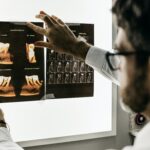
Mark-Steven Howe looks at this is diagnostic test accuracy review comparing conventional and cone-beam computed tomography for detecting persistent apical disease after root canal treatment.
[read the full story...]
Mark-Steven Howe looks at this is diagnostic test accuracy review comparing conventional and cone-beam computed tomography for detecting persistent apical disease after root canal treatment.
[read the full story...]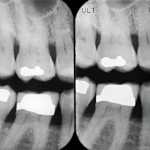
This review of diagnostic accuracy and reliability of commonly used caries detection methods for proximal caries included 36 studies the majority (31) being conducted in-vitro. A limited number of studies were available to assess most of the diagnostic tests and how the findings from in-vitro studies translates to the the clinical situation needs to be considered cautiously.
[read the full story...]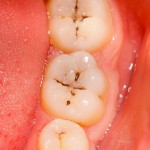
This review of the diagnostic performance of commonly used methods for occlusal caries diagnoses included 37 studies the majority (29) being conducted in-vitro. While summary diagnostic performance datafor a muber of diagnistic methods is provided it should be treated cautiously as th data is limited in many areas.
[read the full story...]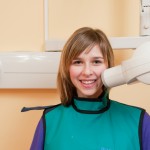
This Cochrane review of the diagnostic accuracy of different dental imaging methods for early enamel lesions included 104 datasets from 77 studies. Low-certainty evidence suggests that imaging for the detection or diagnosis of early tooth decay may result in a relatively high proportion of false-negative results.
[read the full story...]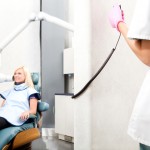
This review compared direct digital sensors and indirect photostimulable phosphor plates for the detection of caries. Six studies were included in the review with 4 contributing to the meta-analysis. There was no significant difference between the two systems and they displayed good specificity and limited sensitivity.
[read the full story...]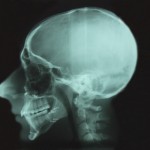
Prior to orthodontic diagnosis a range or records may be obtained, typically these include, dental models, radiographs and facial and intra-oral photographs. Advances in digital technology means that 3D technology is also available. However, the role and use of any or each of these elements of the record set is unclear. Therefore the aim of [read the full story…]
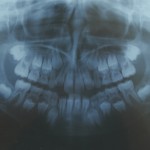
The use of cone-beam computed tomography (CBCT) has expanded the field of oral and maxillofacial radiology and with commercially available machines appearing in dental practices The American Dental Association (ADA) has just published an advisory statement in the Journal of the American Dental Association. The key element of the statement is captured in the practical [read the full story…]
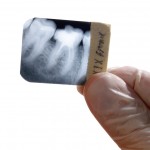
This review was undertaken to evaluate the diagnostic accuracy of available radiographic methods in use for imaging the periapical bone tissue area. The review forms part of wider systematic review covering methods of diagnosis and treatment in endodontics published by the Swedish Council on Health Technology Assessment (SBU). An English version of this is available [read the full story…]

This critical summary of a systematic review published in 2010 was prepared under the auspices of the American Dental Association Center for Evidence-Based Dentistry . The aim of this review was to assess how film-based radiography compared with digital radiography. The commentator highlights the fact that the review only searched one database ( PubMed) and [read the full story…]